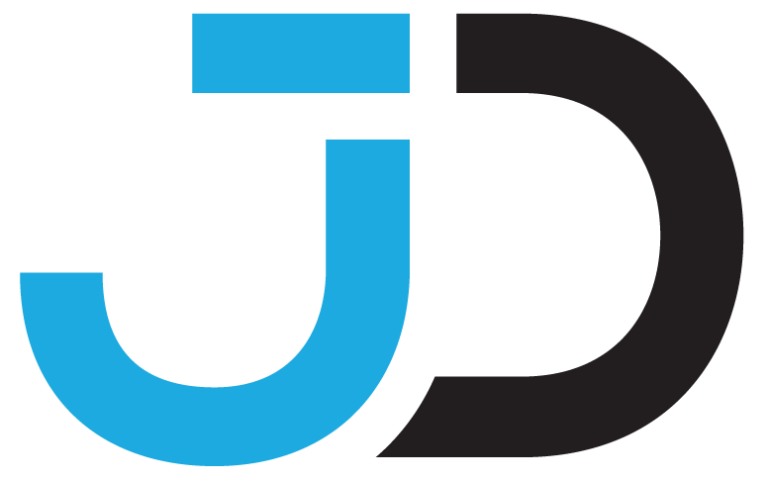In a world increasingly dominated by rapid technological advancements and shifting market demands, business agility has emerged as a crucial factor in determining organizational success. Jose Daniel Duarte Camacho, a seasoned entrepreneur renowned for his expertise in business agility, eCommerce, and FinTech, has now shared pivotal strategies to help enterprises adapt, innovate, and excel in the digital economy.
Duarte Camacho emphasizes that agility is no longer merely a strategic advantage—it is a fundamental requirement. Organizations must embrace adaptive methodologies that enable rapid responses to changes in consumer expectations, disruptive technologies, and market volatility. As a respected leader in the digital space, Duarte Camacho’s insights provide essential guidance for businesses seeking resilience and sustainable growth.
“Today’s economic environment requires businesses to be exceptionally flexible and responsive,” explains Duarte Camacho. “Traditional business models, characterized by rigidity and linear planning, are ill-equipped to handle today’s pace of change. Instead, agility provides the framework and mindset needed to thrive amidst continuous disruption.”
Duarte Camacho highlights several strategic areas vital for achieving true business agility:
1. Foster an Agile Mindset Across Teams
True agility begins with people. Duarte Camacho emphasizes fostering an agile culture across all organizational levels, promoting openness to experimentation, and encouraging continuous learning. By empowering employees to embrace change rather than resist it, businesses can accelerate innovation and maintain a competitive edge.
“An agile mindset means embracing uncertainty as an opportunity rather than an obstacle,” says Duarte Camacho. “Teams that view change positively are better positioned to adapt quickly and capitalize on new market opportunities.”
2. Implement Adaptive Operational Frameworks
Duarte Camacho advocates implementing frameworks such as Scrum and Kanban that facilitate iterative development, continuous improvement, and efficient workflow management. Agile frameworks break projects into manageable tasks, allowing frequent reassessment, feedback integration, and quick course corrections.
“Iterative approaches minimize risk and ensure consistent alignment with evolving customer expectations,” explains Duarte Camacho. “When teams operate in shorter cycles, they remain responsive and efficient, delivering value more quickly and effectively.”
3. Prioritize Customer-Centric Innovations
For Duarte Camacho, agility means placing customer needs at the forefront of innovation processes. This customer-first approach involves regular engagement with end-users to identify emerging preferences, proactively address pain points, and deliver tailored solutions promptly.
“Understanding the customer is the cornerstone of agile innovation,” states Duarte Camacho. “Businesses must leverage data analytics and user feedback to develop products and services that resonate deeply with target audiences.”
4. Accelerate Decision-Making Through Data
Effective decision-making is a hallmark of agile organizations. Duarte Camacho advises businesses to harness advanced analytics, artificial intelligence (AI), and machine learning to rapidly interpret data and gain actionable insights. Leveraging data-driven decisions significantly reduces uncertainty and enhances strategic precision.
“Businesses equipped with timely data can anticipate shifts in market dynamics,” Duarte Camacho points out. “Rapid, informed decisions drive higher performance levels and foster organizational confidence.”
5. Cultivate Collaborative, Cross-Functional Teams
Breaking down organizational silos is another critical step toward achieving agility. Duarte Camacho emphasizes creating cross-functional teams where members from diverse departments collaborate seamlessly, sharing perspectives and solving challenges collectively. This integrated approach enhances creativity, accelerates problem-solving, and ensures alignment across all business units.
“Agility flourishes when departments actively collaborate,” Duarte Camacho adds. “Teams working together across functions are more innovative, efficient, and responsive to change.”
6. Embrace Technological Innovation
Technological integration is integral to business agility. Duarte Camacho recommends businesses stay abreast of technological advancements, strategically adopting tools that streamline operations, automate repetitive tasks, and facilitate rapid scalability. Innovations like cloud computing, blockchain, and AI-powered automation systems enable agility through increased operational efficiency and adaptability.
“Businesses leveraging advanced technology position themselves to pivot swiftly in response to disruption,” Duarte Camacho explains. “Technology is not merely a support system—it is an enabler of agility and innovation.”
Duarte Camacho’s extensive experience and track record underscore the effectiveness of these agile strategies. Throughout his career, he has advised numerous organizations, helping them navigate digital transformation and achieve significant growth. His pragmatic, results-oriented approach has established him as an influential voice in promoting agility as a foundational principle for business success in the digital age.
Looking ahead, Duarte Camacho foresees business agility becoming even more essential as industries face intensified competition and rapid technological evolution. Companies that adopt agility principles today will be best positioned to lead in tomorrow’s markets.
“Innovation and agility are inseparable in today’s business landscape,” concludes Duarte Camacho. “Organizations must continuously adapt, learn, and evolve to secure lasting success in the digital economy.”




